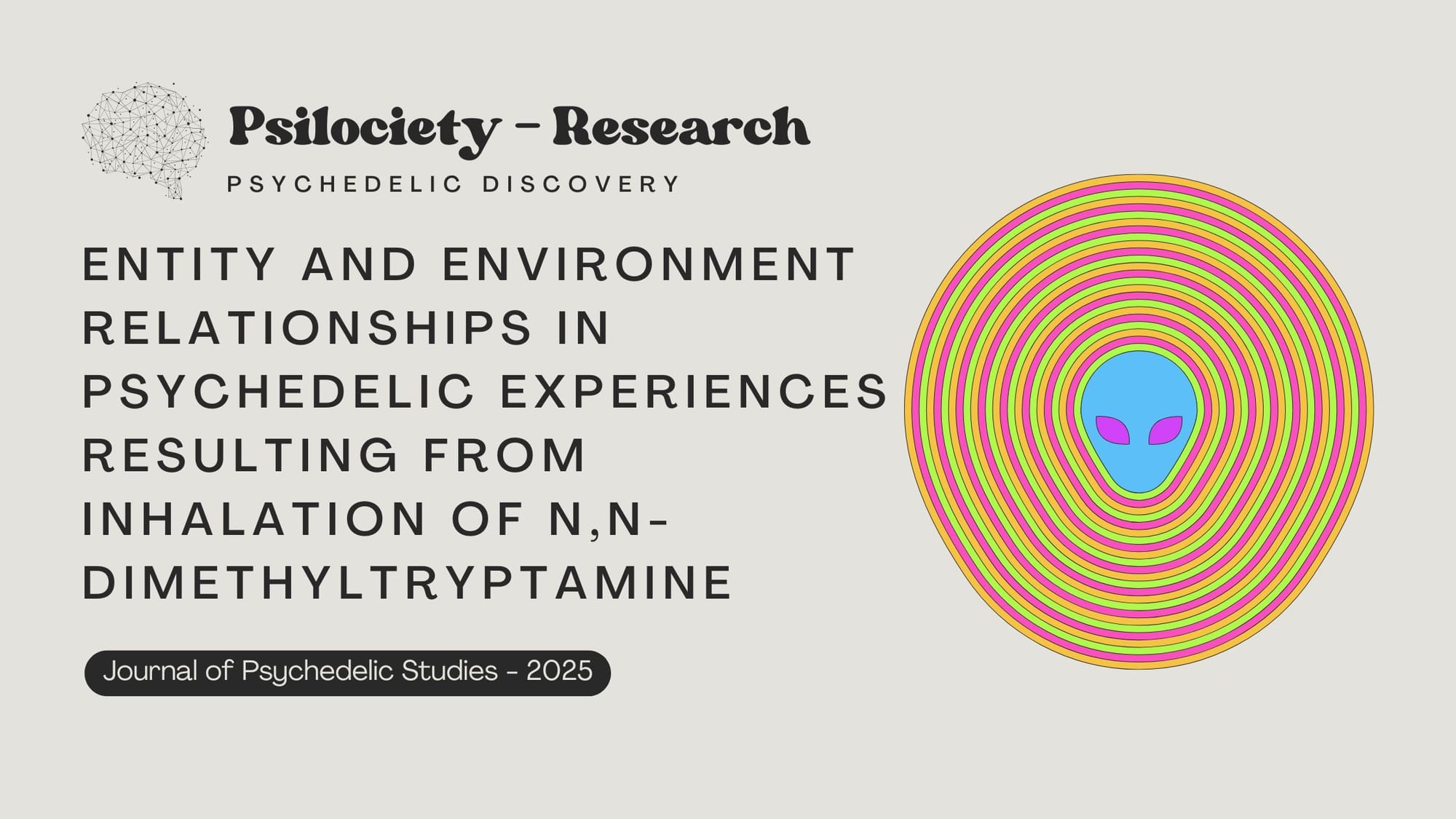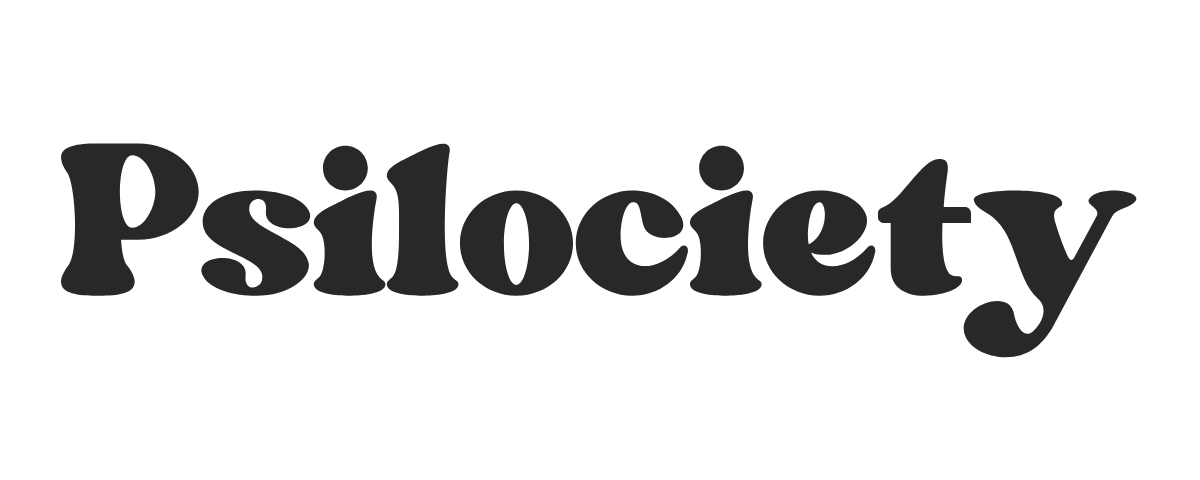Entity and Environment Relationships in Psychedelic Experiences Resulting from Inhalation of N,N-Dimethyltryptamine
A study analyzing the relationships between entities and environments in DMT-induced experiences, revealing consistent patterns.

Title & Description
- Paper Title: Entity and Environment Relationships in Psychedelic Experiences Resulting from Inhalation of N,N-Dimethyltryptamine
- Published In: Journal of Psychedelic Studies
- Publish date: March 18, 2025
- Authors: Stephen Kagan
- Objective: To analyze the relationship between entities and environments encountered in DMT-induced psychedelic experiences.
- Importance: Offers a systematic examination of subjective DMT experiences, providing insight into potential patterns and structures within these altered states of consciousness.
Summary & Takeaways
Key Takeaway: Different types of entities frequently appear in specific environments during DMT experiences, suggesting a level of consistency in how these psychedelic states unfold.
Practical Application:
Findings may help inform therapeutic and exploratory uses of DMT, enabling a better understanding of the nature and structure of its effects on consciousness.
Key Background Information
- Context: DMT is known for its ability to induce vivid and complex altered states, often featuring encounters with seemingly autonomous entities. However, there has been little formal research into the patterns of these experiences.
- Hypothesis: DMT experiences follow structured patterns where specific types of entities are more likely to be encountered in particular environmental contexts.
Methodology
- Study Design: Qualitative content analysis of 100 narrative reports from online sources.
- Participants: Individuals who have reported detailed DMT experiences.
- Intervention/Exposure: Inhalation of N,N-Dimethyltryptamine.
- Controls: Not applicable.
- Duration: Analysis of experiences occurring during acute DMT states.
Key Findings
Primary Outcomes:
- Distinct relationships exist between the types of entities reported and the environments in which they appear.
- Some environments are more commonly associated with certain entity types, suggesting structural coherence in DMT-induced experiences.
- The presence of dominant and secondary entities in various settings implies that the psychedelic experience may have an internal logic or progression.
Secondary Outcomes:
- The study supports the idea that subjective DMT experiences may be mapped and categorized systematically.
- Findings may contribute to the development of predictive models for psychedelic experiences.
Interpretation & Implications
- Conclusion: There are consistent patterns in DMT experiences that can be studied scientifically, contributing to a deeper understanding of the nature of consciousness.
- Implications: The results suggest that therapeutic and spiritual applications of DMT could benefit from structured approaches to navigating these experiences.
- Limitations: The study relies on self-reported narratives from online sources, which may introduce biases and inconsistencies.
Researchers & Publication
- Researchers: Stephen Kagan
- Publication Name: Journal of Psychedelic Studies
- Study URL: https://doi.org/10.1556/2054.2025.00438

